Breast cancer is a well-known condition these days, but this was not the case a few decades ago. It took a massive global awareness campaign in the 80s to inform people about breast cancer and increase the level of support that goes into researching the possible treatments for it. Due to this highly successful initiative, more people started getting screened for the signs of the disease, which then led to early diagnosis, prompt treatments, and better patient outcomes.
Still, it’s important to ensure that the current generation remains cognisant of the signs and symptoms of breast cancer and of how treatment options for this common yet still dreaded condition have been improving over time. Below are some of the facts that people should be aware of when it comes to breast cancer.
It’s One of the Most Prevalent Types of Cancer in the World
At the end of 2020, there were about 7.8 million women who had been diagnosed with breast cancer in the last 5 years. This included the 2.3 million women who were discovered to have the condition that very same year. The number of disability-adjusted life years lost to breast cancer globally is higher compared to any other cancer. It’s the most commonly occurring cancer among women in Singapore, while it is second only to skin cancer in the list of most common cancers among women in the United States.
Men and Women Can Have Breast Cancer
Breast cancer can affect men and women alike, though less than 1% of all breast cancers occur in men. In the United States, for example, about 264,000 women and 2,400 men are diagnosed with breast cancer every year. In Singapore, around 2,000 women are diagnosed with breast cancer every year in comparison to the total of 62 cases of breast cancer in men over the past 18 years.
It Remains a Leading Cause of Cancer Death among Women
The number of deaths due to breast cancer has considerably decreased since the 1980s following the successful “pink ribbon” awareness campaign. Still, it remains to be one of the most common causes of cancer deaths among women. About 400 women in Singapore and 42,000 women in the United States die every year due to breast cancer. In 2020, 685,000 deaths globally were attributed to the condition.
Breast Cancer Can Manifest in Different Ways
Different people have different symptoms of breast cancer, and there are people who have the disease and do not show any symptoms at all. However, there are common signs that should prompt a person to seek medical advice. These include the appearance of a new lump in the breast or underarm, changes in the size or shape of one’s breasts, nipple discharges other than breastmilk, redness in the breast or the nipples, irritation or thickening of the skin, pulling in of the nipple, or pain anywhere in the breast area.
Different Factors Can Lead One to Have a Heightened Risk for Breast Cancer
Breast cancer is not transmissible or contagious. The condition does not have infection-related causes, and about half of the people who develop it do not have any identifiable risk factors for it other than being female and over 40 years of age. However, certain conditions can increase one’s risk for breast cancer, such as family history, obesity, alcohol abuse, tobacco use, and radiation exposure. Certain inherited gene mutations can indicate that a person is at high risk for breast cancer as well.
It’s Possible to Reduce One’s Risk for Breast Cancer
At the same time, it’s possible to reduce one’s risk for the condition. This can be done by prolonging breastfeeding, avoiding the use or exposure to substances that have been connected to breast cancer, and engaging in regular physical activity. Some women who have discovered that they have gene mutations that increase their risk for breast cancer opt to pre-emptively remove their breasts as a risk-reduction strategy, though this highly-invasive procedure should only be considered as a last resort and for a very limited number of people.
There Are Different Options for Breast Cancer Screening
Women over the age of 40 should consult their physicians about how often they should get breast cancer screening. Those over the age of 50, in particular, must get screened at least once every 2 years as a precautionary measure. They can get a mammogram or an x-ray of the breast, schedule an MRI to take pictures of the breast, get a clinical breast exam administered by a nurse or a doctor, or self-check and do a self-breast exam. If doing the last of these enables them to detect a change in one or both of their breasts, they should see a doctor as soon as possible to have the discovery thoroughly investigated.
Early detection and intervention can save lives. To do all these, though, it’s important to know the basics about breast cancer. Recognising the risks and symptoms of breast cancer early on gives the people who have the condition a better chance of overcoming this common yet serious disease.


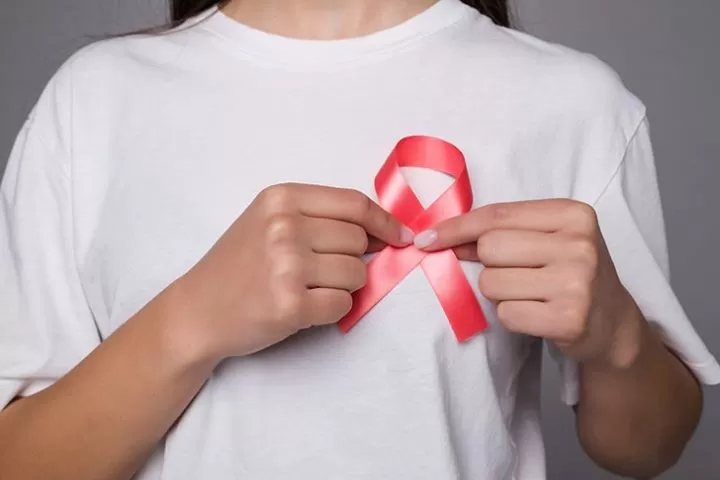
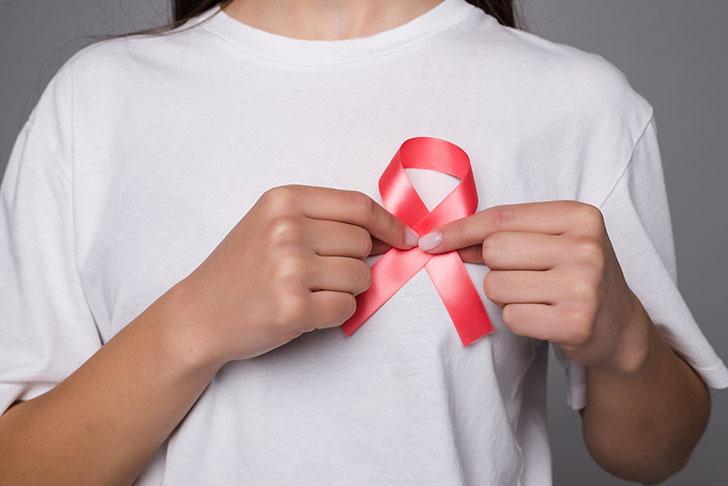

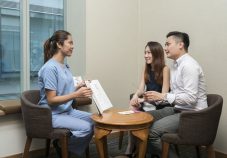



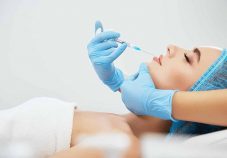


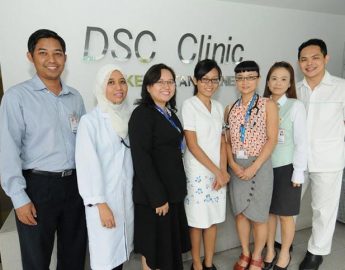
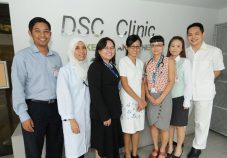



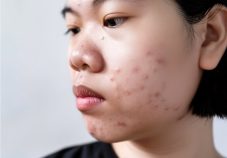


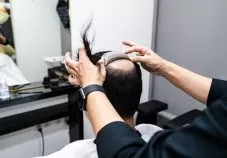

 10 Best Maid Agencies in Singapore for an Easy Helper Find
10 Best Maid Agencies in Singapore for an Easy Helper Find  The 7 Most Romantic Restaurants in Singapore
The 7 Most Romantic Restaurants in Singapore  5 Best Sofa Cleaning Services in Singapore
5 Best Sofa Cleaning Services in Singapore  10 Best Aircon Services in Singapore
10 Best Aircon Services in Singapore  10 Best House Movers in Singapore
10 Best House Movers in Singapore  10 Best House Cleaning Services in Singapore
10 Best House Cleaning Services in Singapore  Illuminate Spring with Blooms across Lendlease malls
Illuminate Spring with Blooms across Lendlease malls  2XU Compression Run 2025 Singapore
2XU Compression Run 2025 Singapore  Solo Travel and Mental Health: Discovering Wellness Through Independence and Adventure
Solo Travel and Mental Health: Discovering Wellness Through Independence and Adventure  5 Ways to Improve Your Business’s Energy Efficiency
5 Ways to Improve Your Business’s Energy Efficiency  7 Types of Smart Road Solutions That Help Improve Traffic Efficiency and Safety
7 Types of Smart Road Solutions That Help Improve Traffic Efficiency and Safety  7 Amazing Rooftop Bars In Singapore With Stunning Views
7 Amazing Rooftop Bars In Singapore With Stunning Views  5 Best Bak Kut Teh in Singapore: Real Meat-Tea-Bone Bowls
5 Best Bak Kut Teh in Singapore: Real Meat-Tea-Bone Bowls  10 Best Korean Restaurants in Singapore: BBQ, Bibimbap & Fried Chicken
10 Best Korean Restaurants in Singapore: BBQ, Bibimbap & Fried Chicken  5 Best Cinemas in Singapore for Blockbusters and More
5 Best Cinemas in Singapore for Blockbusters and More  Live the High Life: Top 5 Luxury Activities in Singapore
Live the High Life: Top 5 Luxury Activities in Singapore  10 Best Amazing Things to Do in Singapore
10 Best Amazing Things to Do in Singapore